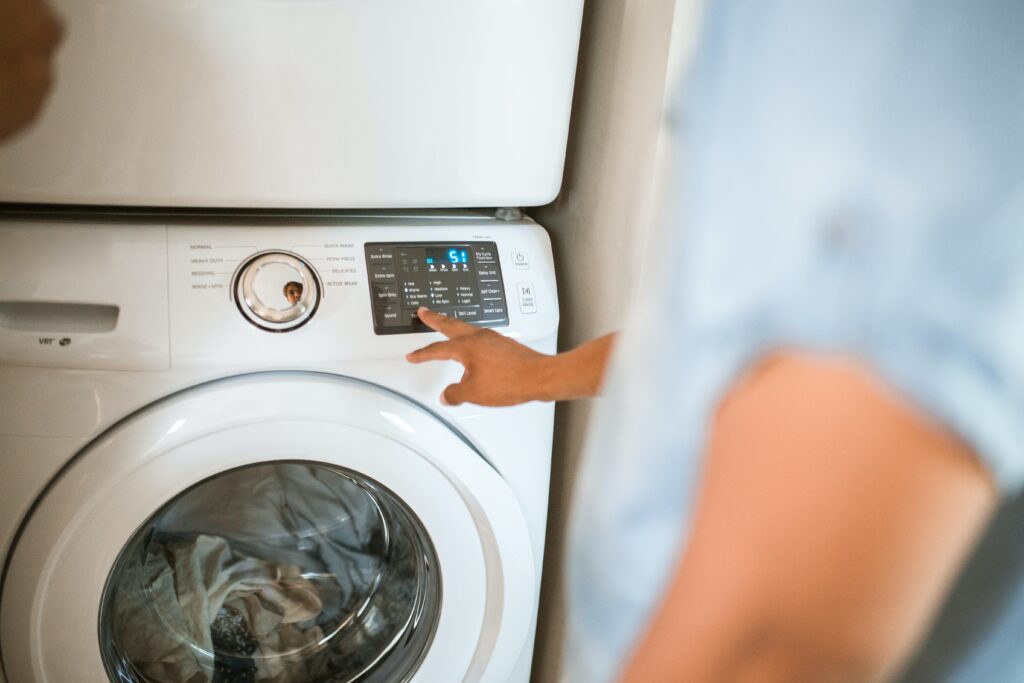 International Electrotechnical Committee (IEC) met in Tokyo to discuss the key findings of the joint study conducted by APPLiA-led Microplastic Consortium to assess the release of microplastic particles and fibres in household washing processes. This meeting marks a landmark step toward the development of a reliable, repeatable, and reproducible measurement method for household washing machines.
International Electrotechnical Committee (IEC) met in Tokyo to discuss the key findings of the joint study conducted by APPLiA-led Microplastic Consortium to assess the release of microplastic particles and fibres in household washing processes. This meeting marks a landmark step toward the development of a reliable, repeatable, and reproducible measurement method for household washing machines.
The Consortium on microplastics release during household washing processes brought together 21 signatories ranging from washing machines, detergent and filter manufacturers to test institutes and facilities, with an eye to establish basic elements towards a harmonised test method to measure the behaviour of washing machines and the release of microplastics during a real household washing cycle. One of the main findings of the study was that intentionally added plastic particles and synthetic fibres to the washing machines only partially find their way to the drain. Analyses show a big variability of results even in a laboratory-controlled environment. While the study attempted to bridge the gap between lab and real life, the Consortium faced several challenges in developing a fully repeatable, reproducible, and consumer-relevant protocol.
«There are still many parameters of influence and open points to be studied and analysed – explained IEC Convenor and BSH Senior Expert Gundula Czyzewski addressing IEC technical experts -. These include the problem of non-synthetic fibre fragments such as wool and cotton, the use of powder detergent and washing machine load amount among others, that could possibly affect filter clogging and remain an open issue to a comprehensive analysis.» Therefore, from the measurements done in the Consortium, it was possible to only calculate a few individual performance factors, triggering the need for further investigation. In this sense, workshop participants convened that standardisation bodies are the right place to continue the discussion for the development of an accurate test procedure that could verify the performance of any solution.



